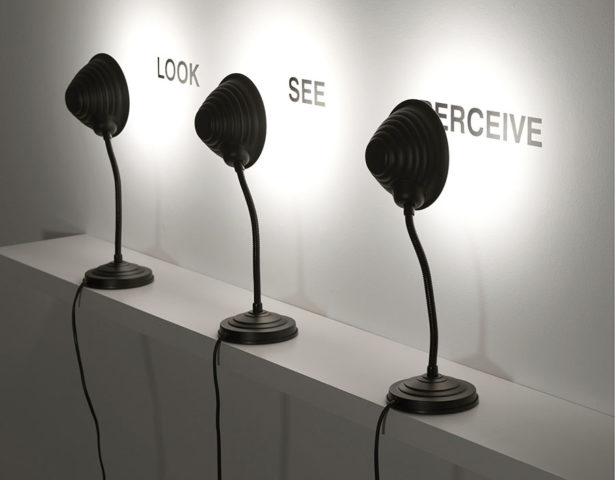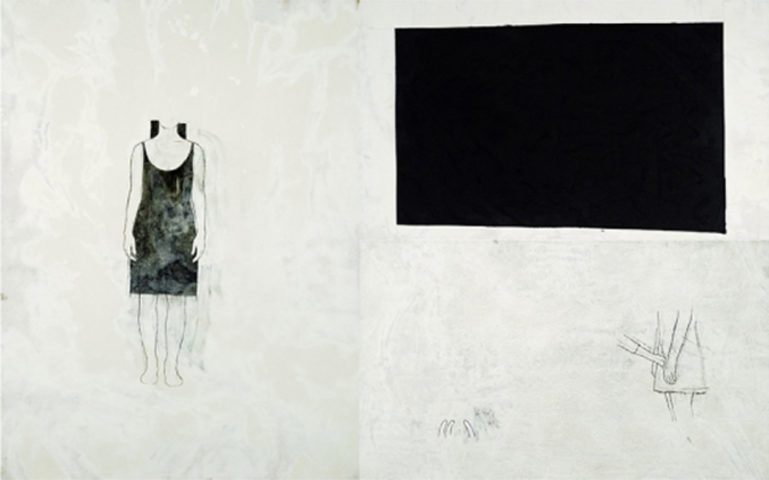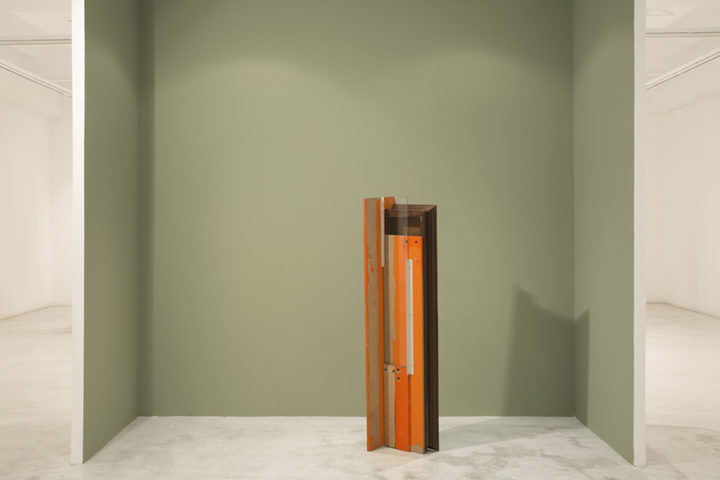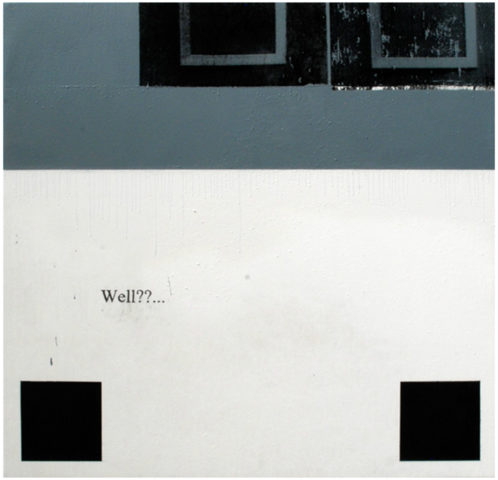Calouste Gulbenkian Foundation, Lisbon
05.05 – 18.09.2023
In the year that marks the 40th anniversary of the Calouste Gulbenkian Foundation’s Modern Art Centre (Centro de Arte Moderna – CAM), Histórias de uma Coleção [Histories of a Collection] is an opportunity to revisit some of the most significant works from the CAM Collection, acquired by the Gulbenkian Foundation since the late 1950s, and to get to know its lesser-known or previously unseen works.
The Calouste Gulbenkian Foundation acquired its first works of modern art in the late 1950s, with the intention of including them in temporary travelling exhibitions organised by the institution. It also purchased works from its grant holders, in the context of the support for artists set up immediately after its creation, in 1956. The Modern Art Centre Collection thus began to take shape, now boasting around twelve thousand works.
During the 1960s, the first groups of works purchased for the Collection included works by key figures in the national and international art scene, such as Amadeo de Souza Cardoso, José de Almada Negreiros and Maria Helena Vieira da Silva. The British artworks were mostly acquired between 1960 and 1965, featuring major players such as David Hockney and Bridget Riley.
The desire to build a space to house this burgeoning collection of modern art, which now included a significant number of national and international artists, was made official in 1979. The Modern Art Centre opened on 20 July 1983 with an innovative programme making up for the lack of a museum in Portugal dedicated to the promotion of 20th-century art.
The Collection grew exponentially from then on, leading to the purchase of works by a diverse range of artists in a plethora of media and supports. Built up over more than 60 years, the CAM Collection is the result of various encounters, intimacies, rifts, aesthetic relationships and contrasting artistic languages.
With an innovative presentation, Histórias de uma Coleção aims to bring together a wide spectrum of works covering different eras, geographies and artistic dynamics, underpinned by new narratives and interpretations. Key moments that explore the constitution of the CAM Collection will be highlighted, accompanied by a catalogue, with essays by the exhibition curators, among others, as well as a parallel programme to the exhibition that will seek to open space for reflection on what the CAM Collection represents and on models of collecting, allowing the public to comes closer to the works in the Collection and the stories they have to tell.
Curators
Ana Vasconcelos
Leonor Nazaré
Patrícia Rosas
Rita Fabiana



